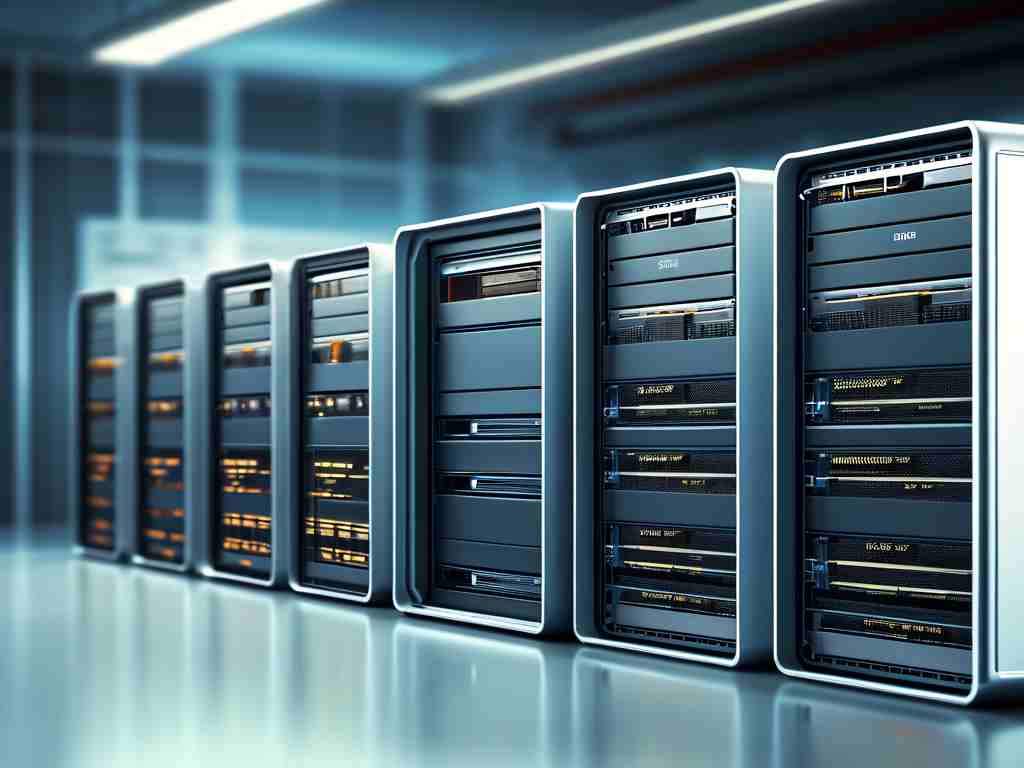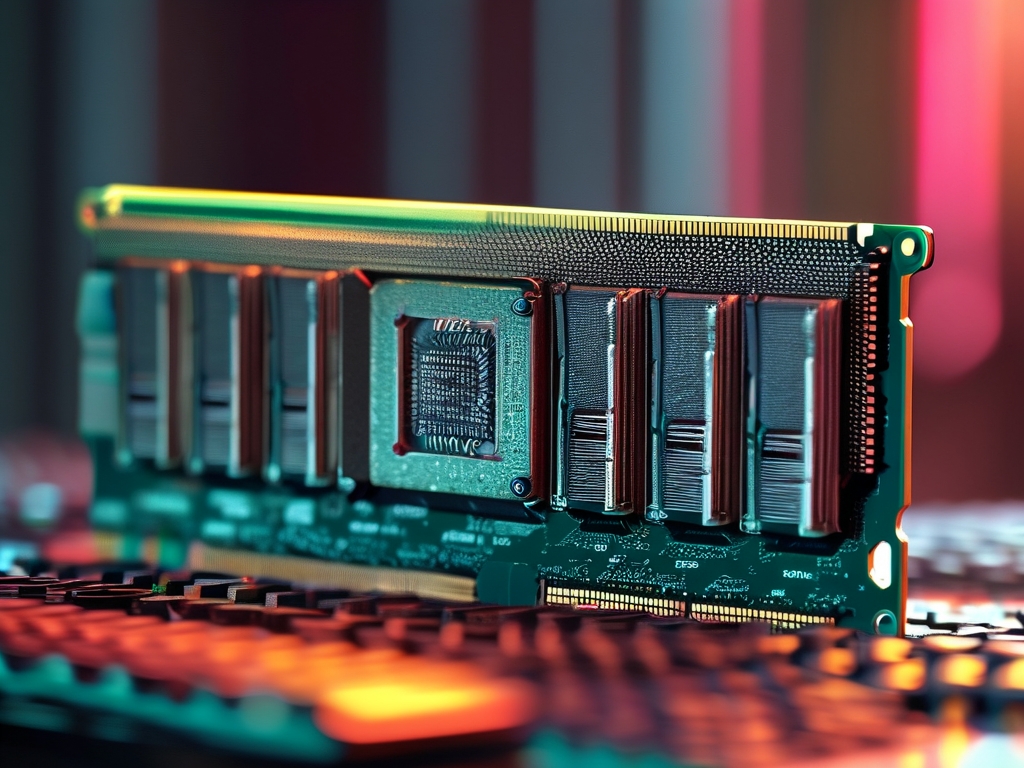In the realm of computing, memory and storage are fundamental concepts, and understanding their measurement units is essential for both professionals and enthusiasts. These units define how data is quantified, stored, and processed, forming the backbone of digital systems. This article explores the hierarchy of computer memory units, their applications, and how they interconnect within modern technology.

At the most basic level, the bit (binary digit) is the smallest unit of data. A bit represents a single binary value—either 0 or 1—corresponding to electrical signals in hardware. While bits are rarely referenced in everyday computing discussions, they underpin every digital operation. For example, a network might transfer data at 100 megabits per second (Mbps), emphasizing raw signal capacity.
The byte, composed of 8 bits, is the foundational unit for practical data measurement. Bytes are used to represent characters (like letters or symbols) and small integers. Early computers operated with kilobyte (KB)-scale memory, but today, even a simple text file may occupy a few kilobytes. The byte’s significance lies in its role as the building block for larger units.
Moving up the scale, the kilobyte (KB) equals 1,024 bytes. This unit emerged during the early days of computing when memory was scarce. For context, a plain-text email might consume 2–5 KB. Despite its modest size, the kilobyte remains relevant for measuring small files or embedded system resources.
The megabyte (MB), at 1,024 kilobytes, became prominent in the 1980s and 1990s. Floppy disks and early hard drives stored data in megabytes. A high-resolution photo today might range from 2–5 MB, while a minute of MP3 audio averages 1 MB. Megabytes are still used for software updates, documents, and media files.
Larger datasets demand the gigabyte (GB), equivalent to 1,024 megabytes. Modern smartphones typically offer 64–256 GB of storage, and operating systems like Windows require 20–30 GB of space. Video games, HD movies, and complex applications rely on gigabytes to function. The shift to GB-scale storage marked a leap in consumer technology, enabling multimedia-rich experiences.
At the enterprise level, the terabyte (TB)—1,024 gigabytes—dominates. A single TB can hold approximately 250,000 photos or 500 hours of HD video. Cloud services and data centers operate in terabytes, managing vast databases and user-generated content. For instance, streaming platforms like Netflix store petabytes (PB) of data, where 1 PB equals 1,024 terabytes.
Beyond terabytes lie the petabyte (PB), exabyte (EB), and zettabyte (ZB), each 1,024 times larger than the prior. These units apply to global data metrics. According to industry reports, annual global internet traffic surpassed 3 zettabytes in 2023. Such scales highlight the exponential growth of digital information.
It’s worth noting the distinction between binary prefixes (e.g., kibibyte, mebibyte) and decimal prefixes (e.g., kilobyte, megabyte). While marketing materials often use decimal units (1 KB = 1,000 bytes), operating systems use binary calculations (1 KiB = 1,024 bytes). This discrepancy can cause confusion; a 500 GB hard drive, for example, appears as ~465 GiB in system tools.
Memory units also differ by volatility. RAM (Random Access Memory) uses gigabytes to measure temporary working data, while storage drives (SSDs, HDDs) use terabytes for long-term retention. Specialized fields like supercomputing employ unique scales—a single GPU’s VRAM might be 24 GB, whereas a supercomputer’s total memory could exceed 1 PB.
In summary, computer memory units evolve alongside technological demands. From bits to zettabytes, these measurements reflect humanity’s growing reliance on digital systems. As quantum computing and AI push boundaries, new units may emerge, but the current hierarchy remains integral to understanding and advancing modern computing.





